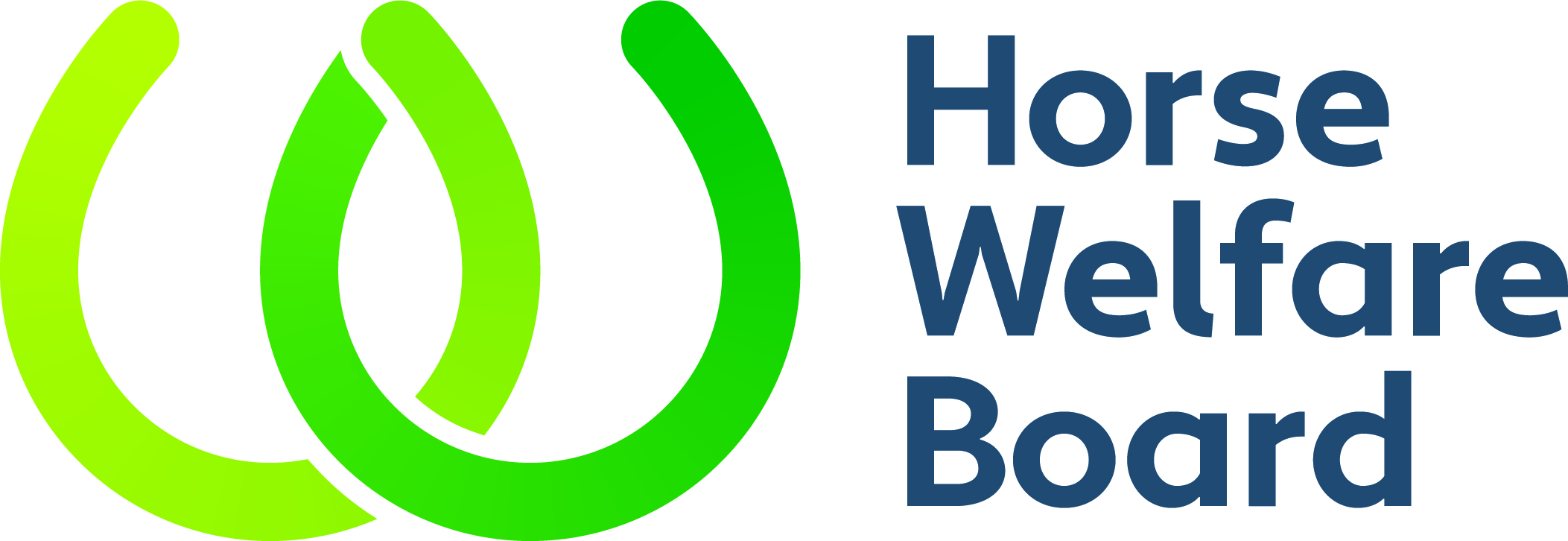
ISSUED ON BEHALF OF THE HORSE WELFARE BOARD
- Sulekha Varma, Kate Sigsworth and Robin Mounsey join the eight-strong team to represent racecourses, breeding and racing industry
- Independently chaired board has been in place since 2019 overseeing work to continuously improve equine welfare in the sport
- 21 projects now live covering developments in safety, aftercare, data and traceability as part of racing’s five-year welfare strategy ‘A Life Well Lived’
- Details of the full strategy available HERE
Three new members have been appointed to British racing’s independently chaired Horse Welfare Board (HWB) to continue its ongoing work delivering 2020’s ambitious ‘A Life Well Lived’ strategy.
Sulekha Varma, Head of Racing and Clerk of the Course at Aintree Racecourse joins as racecourse representative. At the helm of the world’s most famous steeplechase, the Randox Grand National, Sulekha brings a wealth of experience to the team as it drives forward improvements in safety on racecourses.
Kate Sigsworth, Deputy Chair of the Thoroughbred Breeders Association (TBA) joins as a representative for the Thoroughbred Group. Kate is manager of West Moor Stud in North Yorkshire and passionate about maintaining high standards of care for racehorses in the breeding industry.
Robin Mounsey, Head of Communications for the British Horseracing Authority (BHA) also joins as BHA representative. During his 15 years at the BHA Robin has been responsible for leading the sport’s communications response around several high-profile welfare-related and reputational issues, alongside playing a leading role in the development of the sport’s front-foot campaigns around equine welfare perception.
The appointments come at a busy time for the Horse Welfare Board with 21 of the 26 identified projects now live.
These include British racing’s first Thoroughbred Census, completed in December 2023 in conjunction with Hartpury University, with results and recommendations to be published this Spring. Aimed at enhancing racehorse traceability after they retire from the sport, the project will inform ongoing efforts to close the data gaps of horses that have exited or retired from racing.
Other live projects as part of the sport’s ‘A Life Well Lived Strategy’ include work to develop and improve hurdles and fences in jump racing, research into multiple aspects of ground and going on racecourses, and ongoing support of the sport’s charity, Retraining of Racehorses, in the delivery of their 2024-2026 strategy designed to support racehorses as they retire or exit from the sport.
The HWB has already delivered demonstrable change to British racing day-to-day. In 2022, the culmination of an equine vision study, championed by the HWB, saw every jump course in Britain change key obstacle markers from orange to white as part of improved safety efforts in the sport. Further progress includes development of a new hurdle specification, in approval stage with the BHA prior to roll out, and the approval and implementation of 18 recommendations by the BHA from the HWB’s Stalls and Starting Review Working Group.
In the field of data, work on the sport’s Jump Racing Risk Model (JRRM) has been bolstered by the appointment of the Royal Veterinary College (RVC) as the sport’s epidemiology partner. The JRRM will deliver a powerful risk management and mitigation tool using advanced data, analysis, and insight to identify ways to reduce risk for equine athletes. The RVC team is also working with the BHA’s new Welfare Data Unit on multiple projects identified by the sport’s safety steering group.
The Horse Welfare Board is supported by The Racing Foundation and Horserace Betting Levy Board (HBLB). Since its inception the Racing Foundation has awarded the HWB over £3.5 million (including a grant of £3 million over 3 years to progress welfare projects from the strategy) and the HBLB has provided £2.2 million.
Sulekha Varma said, ‘I’m thrilled to be joining the board and help continue drive the momentum achieved over the past few years. A proactive welfare strategy is essential for the sport to survive and thrive, and I look forward to contributing what we’re learning at our track, and all Jockey Club racecourses, for improved safety across the sport’.
Barry Johnson, independent chair of the HWB, said, ‘We’re delighted to welcome Sulekha, Kate and Robin to the team at such a pivotal time for the board, with the culmination of several key projects this year. Their combined knowledge spans the entire sport and will be of huge value to us as we enter the final phase of our current five-year strategy. And a huge thanks to Caroline, Alison, and Charlie for their contribution to the HWB over the past five years.’
Caroline Davies, Alison Enticknap and Charlie Liverton will step down from the Horse Welfare Board as of February 2024 after five years.
The full Horse Welfare Board now comprises:
Dr J Barry Johnson, Independent chair
Tracey Crouch MP, Independent member
Robin Mounsey, BHA representative
James Given, BHA representative
Kate Sigsworth, Thoroughbred group representative
Seamus Mullins, Thoroughbred group representative
Simon Knapp, Racecourse representative
Sulekha Varma, Racecourse representative
Notes to editors:
1. For further information, please contact:
Gabi Whitfield, Head of Welfare Communications
[email protected]
Lauren Stanley, Welfare Communications
[email protected]
2. About the Horse Welfare Board:
British racing’s goal has always been to lead the way in setting the best welfare standards in the world, both on and off the racecourse. The independently chaired Horse Welfare Board was established in 2019 and is responsible for overseeing the single overarching strategy for equine welfare in the racing industry. The five-year strategy, “A life well lived”, was launched in February 2020 and considers the whole of the racing industry, including sectors not currently fully regulated by the British Horseracing Authority (BHA) and looks across the lifetimes of all horses bred for racing. Multiple workstreams are underway covering projects ranging from traceability, training, obstacle improvement and development, through to welfare funding. The full strategy can be read HERE.
